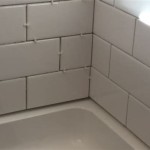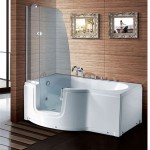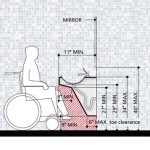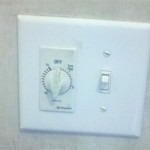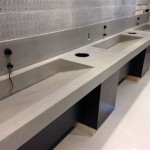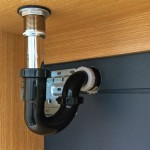Causes of Low Water Pressure in Bathroom Sink: A Comprehensive Guide
Nothing is more frustrating than dealing with low water pressure in your bathroom sink. This issue can make it difficult to wash your hands properly, brush your teeth, or even shave. Fortunately, most causes of low water pressure in bathroom sinks are easy to diagnose and fix.
This comprehensive guide will delve into the various causes of low water pressure in bathroom sinks and provide practical solutions to restore optimal water flow. Whether you're a seasoned homeowner or a novice DIY enthusiast, you'll find valuable information to help you address this common household problem.
1. Clogged Aerator
The aerator, located at the tip of the faucet, is designed to regulate water flow and add air to the stream. Over time, it can accumulate mineral deposits, debris, or other particles that restrict water flow. To clean the aerator, unscrew it from the faucet and soak it in a vinegar solution for 30 minutes. If the blockage is severe, you may need to replace the aerator.
2. Blocked Water Supply Line
The water supply line, which connects the faucet to the main water supply, can also become clogged. This can occur due to mineral buildup or sediment accumulation. To determine if the water supply line is blocked, disconnect the line from the faucet and check for water flow. If no water flows, the line needs to be replaced.
3. Faulty Faucet Cartridge
Inside the faucet handle is a cartridge that controls the flow of water. If the cartridge becomes worn or damaged, it can restrict water flow. To replace the cartridge, follow these steps:
- Turn off the water supply.
- Remove the faucet handle.
- Unscrew the cartridge retaining nut.
- Pull out the old cartridge and insert the new one.
- Reattach the retaining nut, the handle, and turn on the water supply.
4. Pressure Regulator Issue
A pressure regulator, typically located near the main water supply, regulates the water pressure throughout the house. If the pressure regulator is not functioning properly, it can lead to low water pressure in specific fixtures, including the bathroom sink.
5. Mineral Deposits in Pipes
Over time, mineral deposits can build up inside the pipes, narrowing the diameter and restricting water flow. To address this issue, you can flush the pipes with a commercial descaling solution or call a plumber to have the pipes professionally cleaned.
6. Leaks
A leak in the water supply line, faucet, or drain can significantly reduce water pressure. Check for any visible leaks around the fixtures and pipes. If you find any leaks, tighten the connections or replace the damaged components.
7. Water Main Problems
If you experience low water pressure in multiple fixtures throughout your home, the issue could be with the water main. This requires contacting your local water utility company to report the problem.

4 Common Reasons Your Bathroom Water Pressure Is Low Reichelt Plumbing

Low Water Pressure In The House Causes And Solutions Forbes Home

What Causes Low Water Pressure Home Matters Ahs

How To Fix Low Water Pressure In Faucet

How To Fix A Faucet Low Water Pressure

Troubleshooting Low Water Pressure In Your Home Six Causes Solutions

Easy Fix For Low Water Pressure In Kitchen Sink Or Bathroom

Potential Causes Of Low Plumbing Water Pressure My Buddy The Plumber Electric Heating Air
7 Reasons Why Your Kitchen Sink Water Pressure Is Low Lee S Air

Easy Fix For Low Water Pressure In Kitchen Sink Or Bathroom
Related Posts

